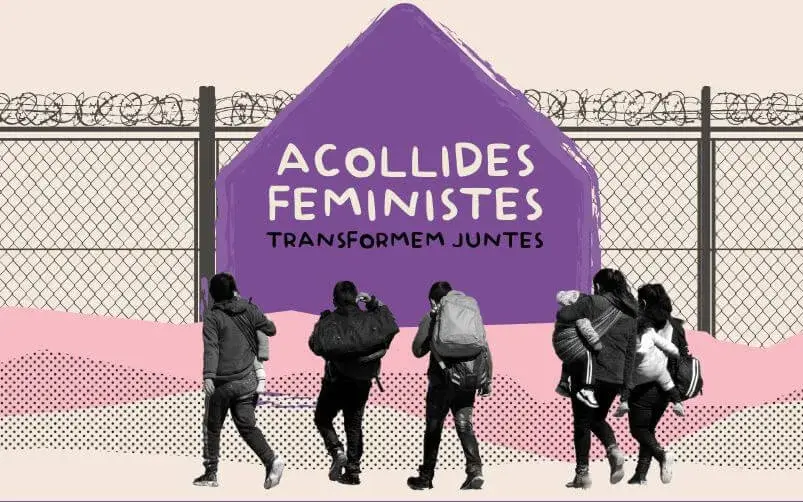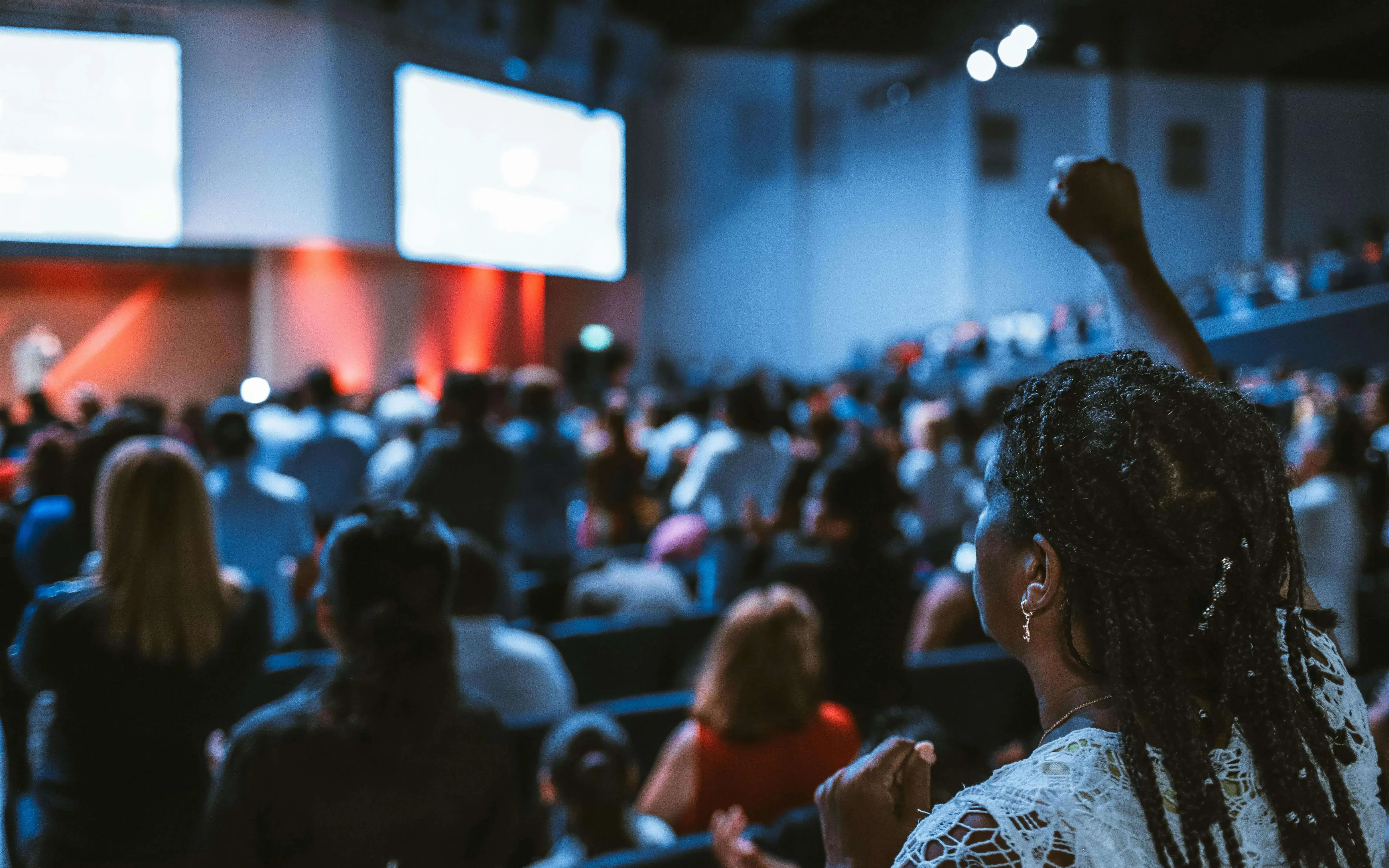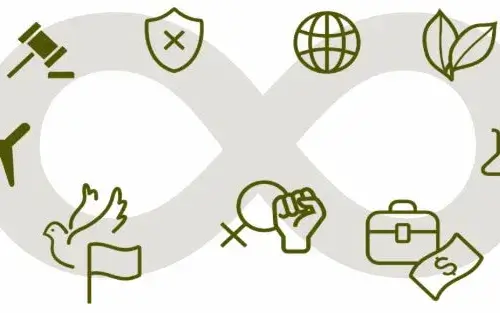They exist since 1999 and they are a good example of integrating association, especially for migrants and expats.
Every Tuesday and Thursday the Castellers del Poblesec meet for some training in their small place in Blesa street, in Poblesec neighbourhood, Barcelona. At the space’s front door, youngsters and middle-aged people gather with a drink on their hands.
Som of the assistants are even unable to practice Castellers, a Catalan tradition which consists in making human castles. This is the case of Quim, who injured his back some days ago but who has nevertheless come to the training.
Mothers and fathers with toddlers, with older children; youngsters; in Poblesec, the Castellers call themselves ‘bandarres’, and one of them is over sixty and has been part of the team since the early beginnings.
Quim is in his twenties and he cannot train today. He tells me he convinced Umi and Mou to join the ‘bandarres’. Umiwas born in Dakar and she has been in Catalonia for the last 5 years. When she first arrived she settled with the family in Vilafranca del Penedès, a town an hour away from Barcelona.
In Vilafranca, Umi joined the Capgrossos, another communal Catalan tradition. “With castellers you become part of something, being United is what gives people strength. With people you can move mountains... or you can make human castles!”, says Umi.
Mou comes from Gambia. He first came to Spain 14 years ago and has lived in Catalonia for 7 years. He doesn’t speak Catalan as good as Umi does, but he manages it pretty well. “When I arrived I used to see these human castles on the TV screen. I never thought I could take part in it. I had never seen anything similar before”.
I ask Umi and Mou why did they choose to become castellers instead of doing anything else they both say. “To improve our social life!”. Quim is very happy to have them in the team and he loves the idea of bringing more new people in.
Arthur comes from Armenia and has been in Barcelona for 17 years. He settled in the nearby neighbourhood of SantAntoni and he’s been a ‘bandarra’ for 3 years. His wife and his two little daughters have joined the Castellers too.
Natalia is Arthur’s wife, and she first came to the city when she was 14. As a foreign teenager she joined the Castellers, but later she quit for some years. Now she and her Husband are part of the 'bandarres' because their older daughter wanted to be part of it.
“The vibes are good, I like it. We always stay here longer after the training and after the Castellers events. My best memory? The human castle we made here in the neighbourhood in 2015, which had 8 layers of people”.
On Tuesdays training is mandatory, but on Thursdays the ‘bandarres’ who want to train some more and learn new skills are welcome to gather on the space. As I speak with one of them, most of the ‘bandarres’ are inside making castles.
The 90% of every Castellers’ team is the so-called ‘pinya’, the group of people who stands up and back the one who climb up if they fall. In Poblesec neighbourhood, the ‘bandarres’ insist that casteller is not only the one who climbs: everybody is as important as the others.
Aida Celerín comes from Gijón, in the North of Spain. She came to Barcelona to study 3 years ago. After 6 months she was already able to speak Catalan and decided to join the ‘bandarres.’ Aida says she had never done anything like castells before, but the people around her have convinced her to stay:
“I’m here alone, far from my family, and having people from different generations near me suits me well, they are like a second family for me”.
Although it’s hard to tell how many people are part of the ‘bandarres’, sources from the association tell me that between 60 and 80 people attend the trainings weekly.










Add new comment